SILVER-LUG Blog — 銀製品
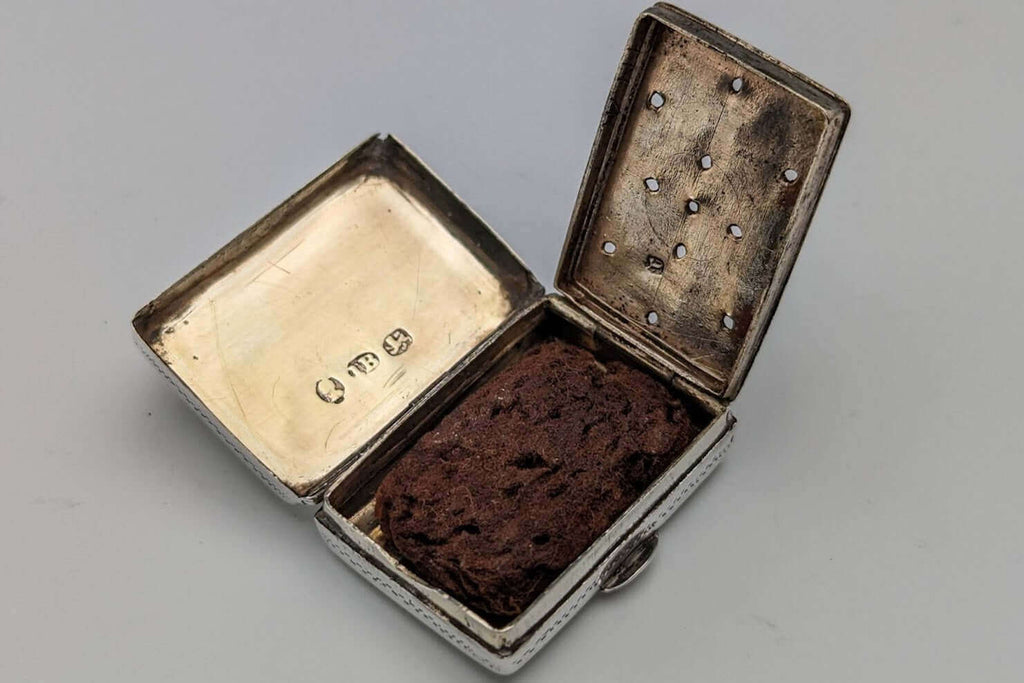
antique vinaigrette
Posted by WATANABETAIGA
"Vinaigrette" means "vinegar" in French, and is the term used in the antiques industry to refer to smell-inducing bottles.
antique vinaigrette
Posted by WATANABETAIGA

Do not use boiling water to clean cutlery
Posted by WATANABETAIGA
This time, I would like to talk about the precautions to take when caring for antique cutlery (forks, knives, etc.). After using antique cutlery for a meal or other occasion, wash it with a mild detergent and a soft sponge, and then wipe off any moisture thoroughly with a cloth.
When doing so, do not use a dishwasher, dryer, or boiling water.
Do not use boiling water to clean cutlery
Posted by WATANABETAIGA
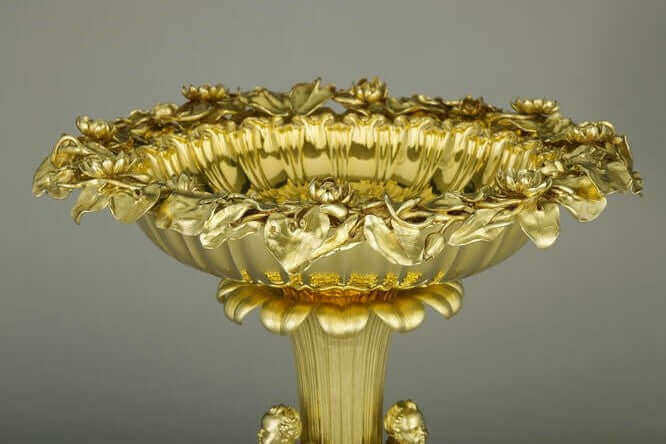
The prestigious silversmith "Bernard Family" continuing since the 18th century
Posted by WATANABETAIGA
Barnard Family, Britain's oldest silver workshop The Barnard family was a British silversmith ...
The prestigious silversmith "Bernard Family" continuing since the 18th century
Posted by WATANABETAIGA
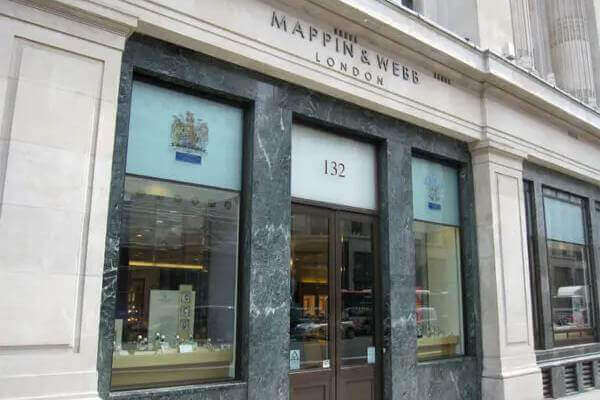
Mappin & Webb, the jeweller to the British Royal Family
Posted by WATANABETAIGA
In 1897, it was certified as a "royal purveyor" by Queen Victoria, and Mappin & Webb's craftsmen are still appointed as crown jewelers (craftsmen who create crowns) for the British royal family.
Mappin & Webb, the jeweller to the British Royal Family
Posted by WATANABETAIGA
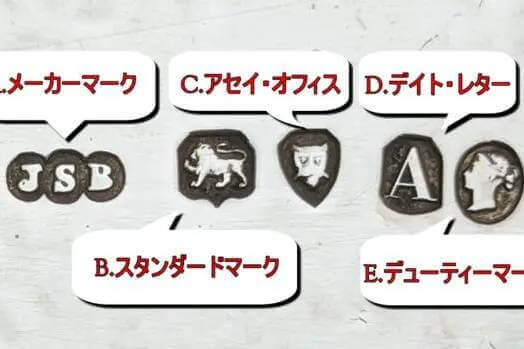
A hallmark of British silverware
Posted by WATANABETAIGA
All British made silver products have a small stamp called a hallmark.
When it comes to pocket watches, the silver cases of British watches are also engraved.
European silver products have hallmarks, stamped with marks to certify purity, etc., and these are said to date back to the Eastern Roman Empire in the 4th century.
The British hallmark system was established by law during the reign of Edward I in the 14th century, and silver products were required to be sterling silver (92.5% purity).
A hallmark of British silverware
Posted by WATANABETAIGA
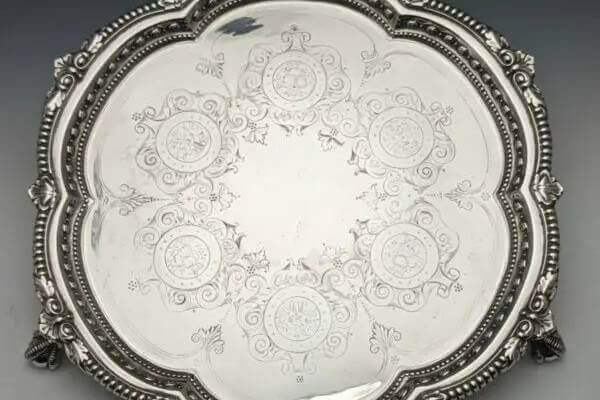
Salva
Posted by WATANABETAIGA
Among the trays (flat containers with a shallow bottom), only silver ones are called salva.
It was used by upper-class European families to carry cups and plates to the table, and by butlers to carry letters and cards to their masters.
Salva
Posted by WATANABETAIGA
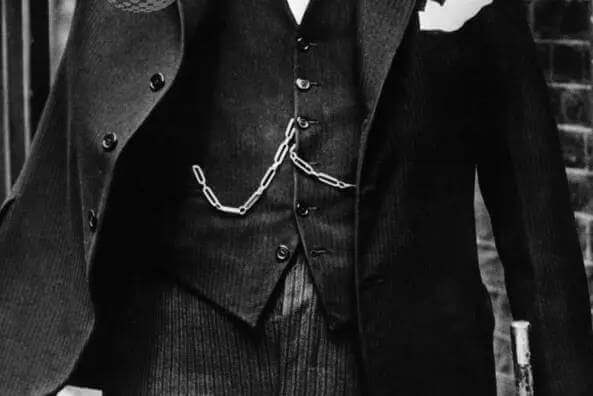
albert chain
Posted by WATANABETAIGA
Albert chain is a chain used to wear a pocket watch.
It is named after Prince Albert (1819-1861), husband of Queen Victoria of England (1837-1901).
It was developed not only for the practical purpose of attaching a pocket watch to clothing to prevent it from being dropped, but also as an accessory for British gentlemen to be worn stylishly.
albert chain
Posted by WATANABETAIGA
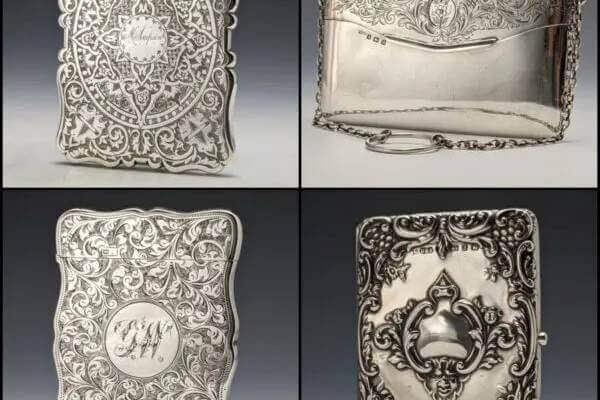
antique card case
Posted by WATANABETAIGA
antique card case
Posted by WATANABETAIGA

Tiffany & Co., America's leading luxury jewelry brand
Posted by WATANABETAIGA
Tiffany & Co., America's leading luxury jewelry brand
Posted by WATANABETAIGA
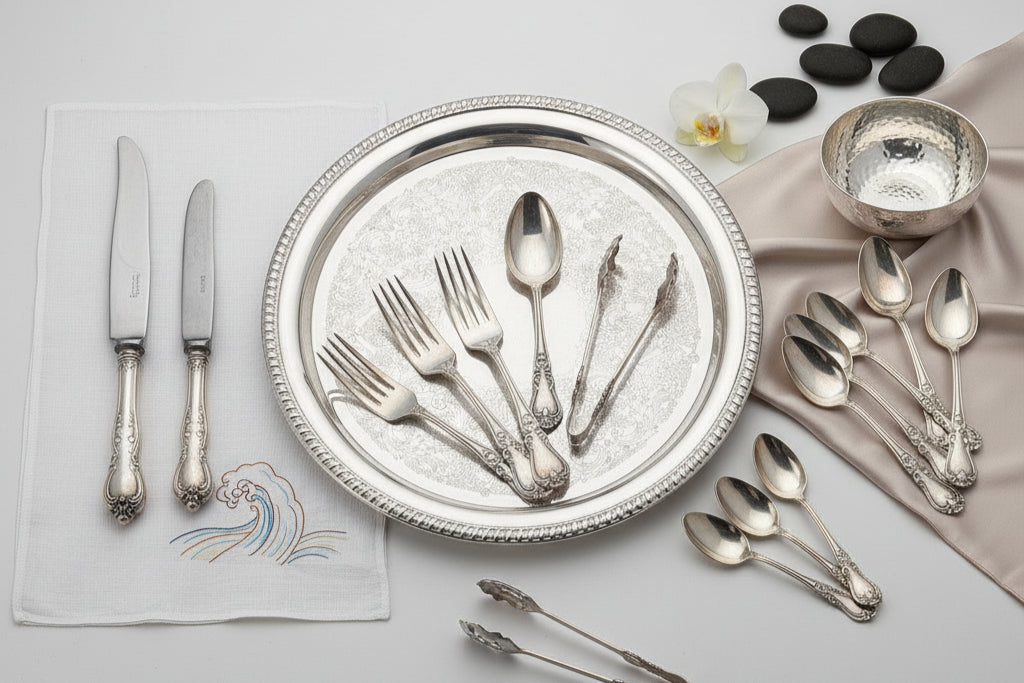
Type of silver (purity, etc.)
Posted by WATANABETAIGA
100% silver is too soft and easily scratched or dented, making it vulnerable to abrasion.
Also, if it is too soft, there is a disadvantage that it is difficult to process such as engraving.
Therefore, it is common to mix pure silver with other metals to make it easy to process and durable, and use it as a silver alloy.
Type of silver (purity, etc.)
Posted by WATANABETAIGA


